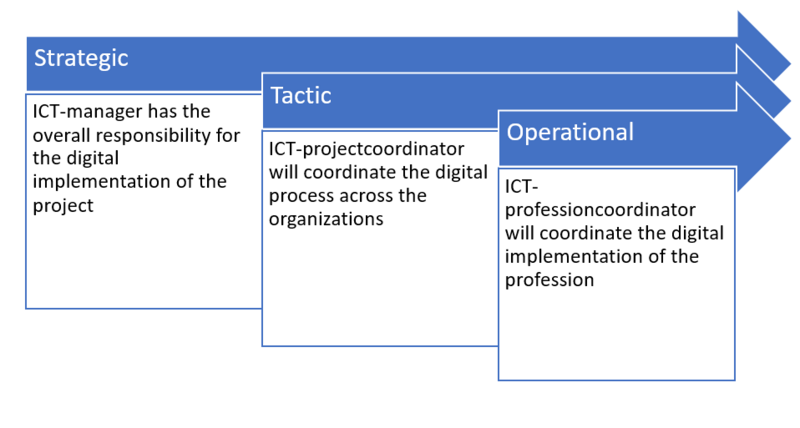Programming a project with the CPM
Abstract
The Critical Path Method (CPM) was developed in late 1950s and became a very popular tool for Schedule Development. The method, which is broadly used by project managers, is a graphical technique which is known with the generic term Network Modeling. The Critical Path Method (CPM) is a step-by-step project management technique for process planning that defines critical and non-critical tasks with the goal of preventing time-frame problems and process bottlenecks. The CPM is ideally suited to projects consisting of numerous activities that interact in a complex manner[1].For both commercial and governmental organizations, the ability to manage projects effectively is a major contributor to an organization’s overall performance.Almost all project planning and scheduling tools on the market today use some type of PERT and/or CPM methodology as their primary underlying methodology. These two approaches are synonymous and are often interchanged or even collectively called PERT/CPM[2]. This article describes the CPM methodology and provides an example of this technique.
Methodology
References
- ↑ http://whatis.techtarget.com/definition/critical-path-method-CPM / TechTarget
- ↑ https://www.pmi.org/learning/library/going-beyond-critical-path-method-6297 / Project Management Institute
